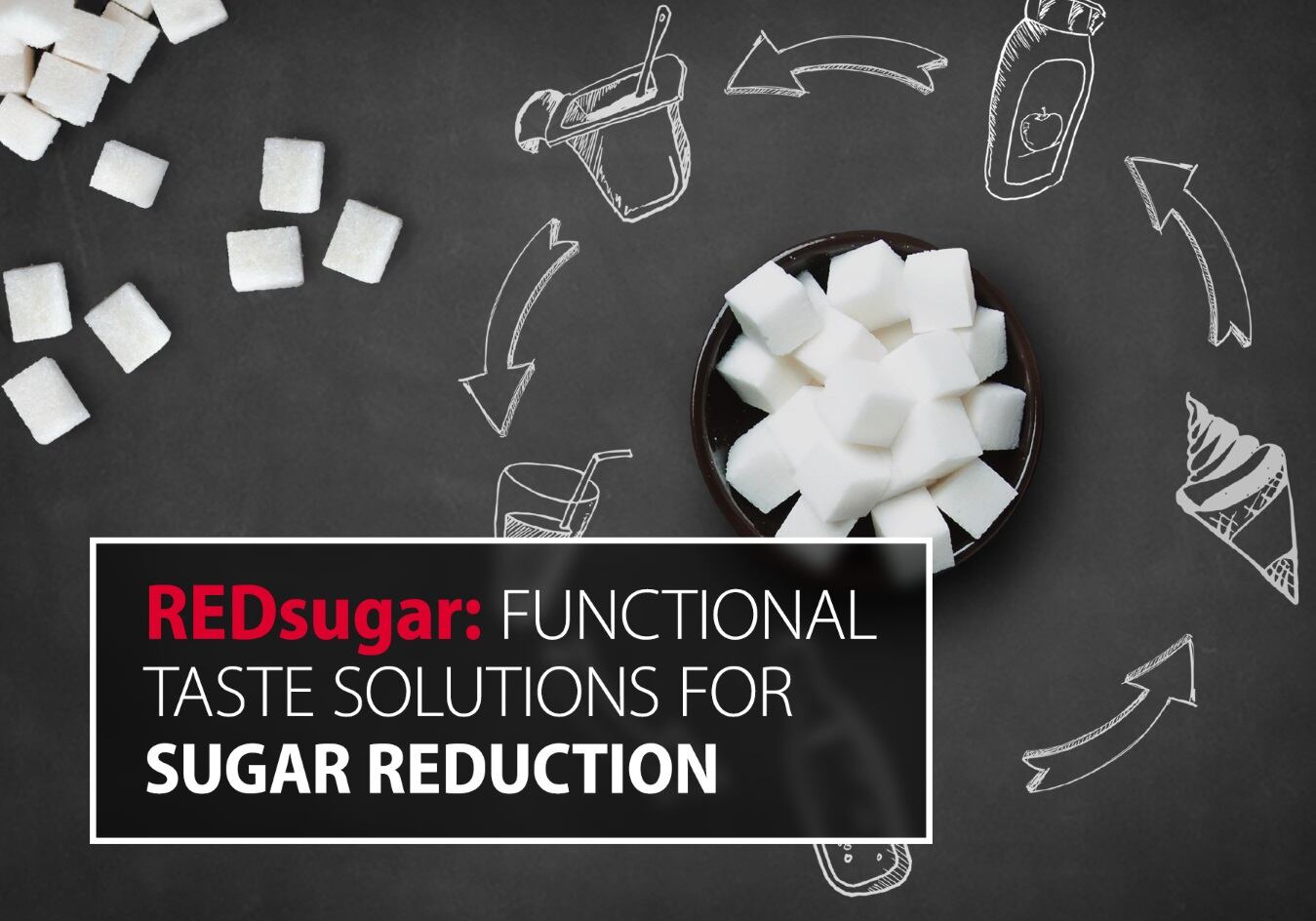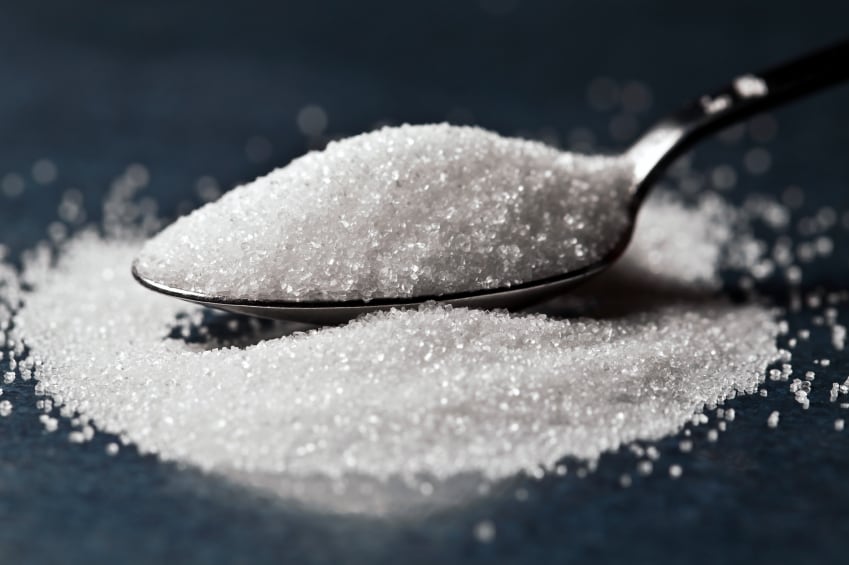The company is launching a new taste solution, REDsugar, which has been developed by a dedicated team of flavourists, creation, application technologists and sensory experts over the past year. According to Bell, REDsugar can deliver a 30% reduction in sugar “at least”.
One of the biggest challenges of reformulation is replacing not only the sweet taste but the other functional properties of sugar. This is because sugar is an active ingredient that not only increases sweetness perception but also impacts on other major sensory attributes, including texture and mouthfeel.
By reproducing sugar’s molecular structure, REDsugar therefore helps “close the sugar gap” by keeping “complex matrixes” within the applications and reacting with existing structures, Bell explained.
Bell flavours team leader Agneta Hoffmann said that the company could not disclose the active ingredients, citing intellectual property protection. “I cannot share any further or detailed information, apart from that our solution is based on natural raw materials, we are therefore providing natural flavourings that can be declared as such," she told FoodNavigator.
She also declined to comment on the processes used to create these natural structures.

Clean label category applications
The use of REDsugar has been successfully tested in a variety of segments and applications, including soft drinks, bakery and dairy products such as yoghurt and ice cream.
Whether or not additional complementary ingredients need to be added depends on the category and desired product attributes, Hoffmann noted.
“If sugar is an active part in the product for any technical reason or as a stabilizer, for example within bakery products, some texturizers or other substitutes might be needed in order to keep the product’s appearance.”
For example, in bakery the browning of the product may be decreased, she explained, while in beverages no further texturizers would be required because sugar does not play a “technical role”.
“This in the end very much depends on the individual application recipe and type of product or segment. Our REDsugar solution supports product reformulation based on the overall taste impact, which also includes mouthfeel and texture. We can therefore help to improve the sweetness perception and the taste of the product, when sugar as an ingredient is reduced.
“Being a natural flavour, our solution might not help to provide viscosity or volume, of course.”
REDsugar is clean label, allowing for a natural flavouring declaration, and products it is used in can be described as free from sweeteners, artificial sweeteners, steviol glycosides and stevia extract.
Sugar reduction in the spotlight
According to data provided by Bell, almost 90% of global consumers pay attention to sugar, sweetness or related claims when purchasing food and drinks.
Demand for healthier products and concern over the negative health consequences of sugar consumption are prompting F&B manufacturers to develop low sugar alternatives.
Regulatory pressure is also rising in Europe. The EU, for instance, has set a bloc-wide target to reduce added sugars by a minimum of 10% by 2020, from a 2015 baseline. Various Member States have launched their own initiatives, including sugar taxes in the UK, Ireland and France and voluntary reduction targets in Germany and Spain.
“The industry is therefore facing challenges, as successful products need to be adapted using less sugar, while still meeting high expectations regarding naturalness, indulgence and sensory attributes,” Bell noted.
This must be achieved within the context of consumer demand for natural products and clean labels.
Bell’s REDsugar product joins a number of recently developed sugar reduction systems. Some of the most innovative include DouxMatok’s ‘sweeter sugar’ which utilises the structure of silica, Unavoo’s sweetener that uses dietary fibre to overcome the aftertaste of stevia and Nestle’s ‘structured sugar’ that has enabled the group to produce MilkyBars with 30% less sugar.
Reformulation gaining momentum
While soft drinks sit at the front-line of the shift away from sugar, Bell noted that this drive is extending into other categories, such as dairy, confectionery and bakery. Within these categories “nutritional advantages” are “highly appreciated” while “major compromise” on taste is not well accepted.
Bell said that the market dynamics for low or reduced sugar products “are not slowing down”, meaning that the industry will need to adapt to the new requirements set by consumers and regulators.
Bell’s own innovation expertise will continue to probe new ways to assist in this area, Hoffmann told this publication.
“As sugar reduction is an ongoing-topic and a field that will probably undergo further changes and developments in the years to come, we are also looking not only to create further products for other categories, but also to adapt our range based on novel ingredients or raw materials.
“We are currently working on product solutions for sugar reduction within the savoury category, with a focus on sauces, such as ketchup.”




